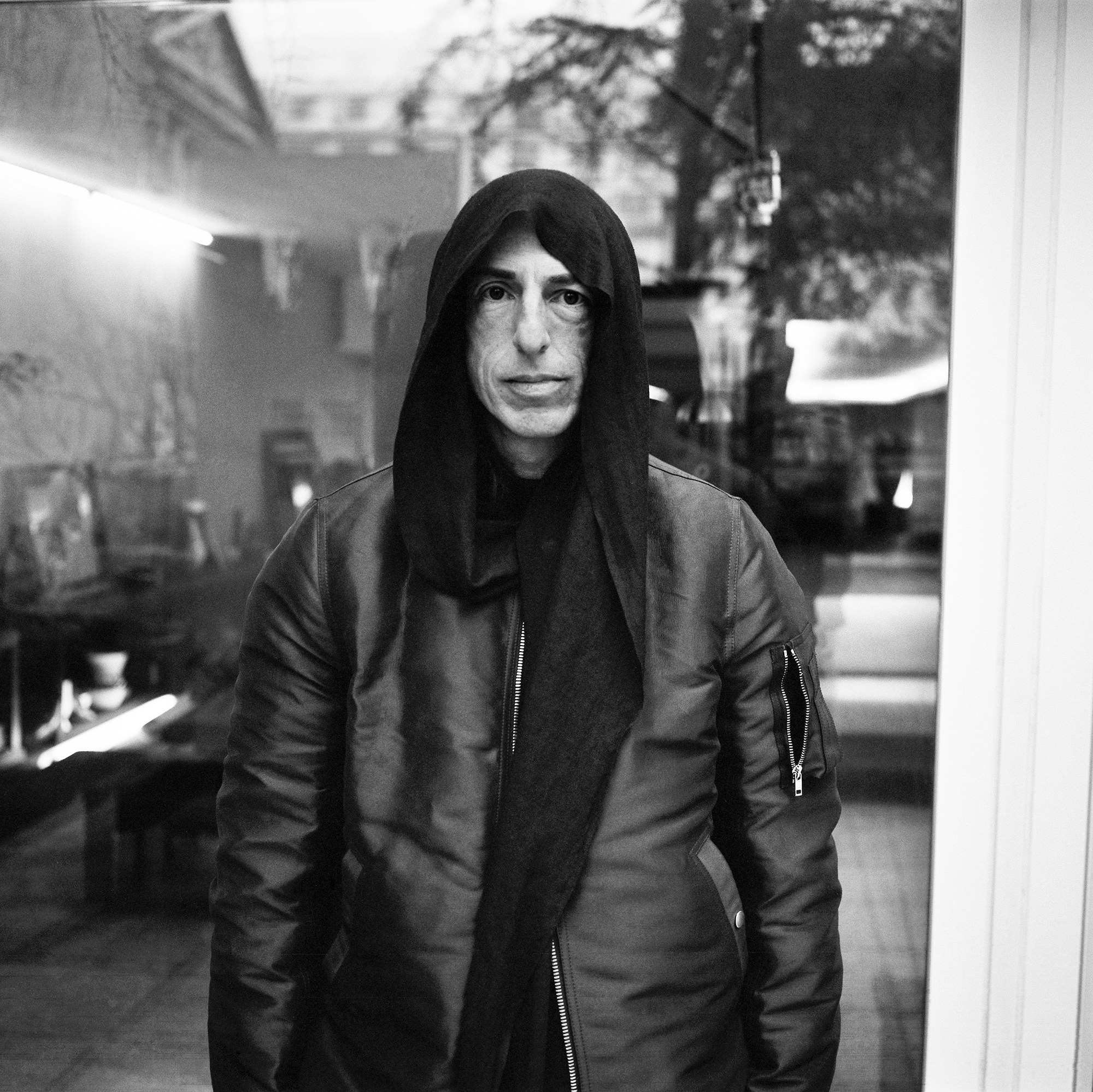Purple Magazine
— S/S 2017 issue 27
Rick Owens
dark magic
interview and portraits by OLIVIER ZAHM
photography by ALEX ANTITICH
Who could have imagined, when the young Rick Owens created his first collection in 1994 in Los Angeles that he would become, more than 20 years later, one of the most acclaimed, persistent, rigorous, and radical fashion designers, incarnating brutal chic, fearless sexuality, and gender fluidity, as well as extreme innovation in forms, contrasts, and fabrics?
Living in Paris for the past 13 years, Rick Owens continues to surprise fashion fans. Step-by-step, from show to show, he’s expanded his supporters from rebellious anti-fashion kids to elegant European women looking for allure and distinction. He never repeats himself and has never compromised along his dark, mysterious path. Reticent but openminded and kind, he avoids the media. He is especially supportive of young artists and designers, such as Gareth Pugh.
His longevity, creativity, clairvoyance, and honesty are…
